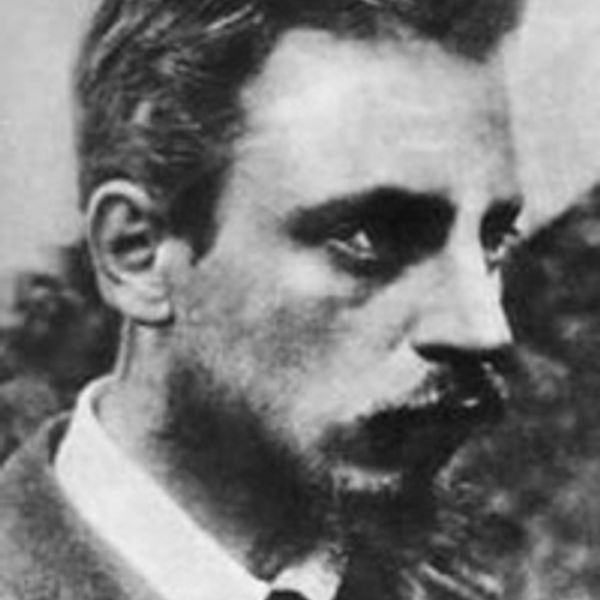Lia Purpura, Parasol Mushroom (detail), featured in AGNI 102
Likeness of My Father in His Youth
Translated from the German by William Harmon
In the eyes: dream.
Forehead communicating
with something distant.
Around the mouth
an extraordinary power of youth
and seductiveness, but a seductiveness minus the smiling.
And in front of the full-dress braid of the trim
old-fashioned outfit of nobility
the ample hilt of the sabre, and his two hands,
which attend, at rest, forced towards nothing.
And very nearly invisible now, as though
what held fast to far things were first to go.
And every other thing is self-concealed
and expunged, as though beyond our understanding
and, out from unfathomable depths, profoundly opaque—
you, fast-fading daguerreotype
in my slower-fading hands.
Rainer Maria Rilke was born in Prague in 1875 and died of leukemia in Valmont in 1926.
William Harmon is the author of five volumes of poetry. He teaches at the University of North Carolina at Chapel Hill. (1981)

Rainer Maria Rilke
Rainer Maria Rilke (1875–1926), born to a German-speaking family in Prague, was a prolific poet, essayist, critic, and correspondent who rarely did anything but write. Well-known for his restlessness, he often became dissatisfied with his current “home,” sometimes only days after moving there with his custom-made standing desk. Among many other places, he lived in Paris, most notably in 1902–03 when he worked for Auguste Rodin. Inspired by the great sculptor, he began to look at objects with an artist’s eye, and developed a new lyrical style in his so-called Dinggedichte, “thing poems.” During the last years of his life he lived mostly in Muzot, Switzerland, where he wrote 400 poems in French. Rilke died of leukemia in December 1926. His collections include The Book of Images, New Poems, the Duino Elegies, and the Sonnets to Orpheus.

William Harmon
William Harmon is the author of five volumes of poetry. He teaches at the University of North Carolina at Chapel Hill. His tenth book, What Rhymes, is about the art of poetry. It will be published by the Columbia University Press in 1989. (updated 1988)
